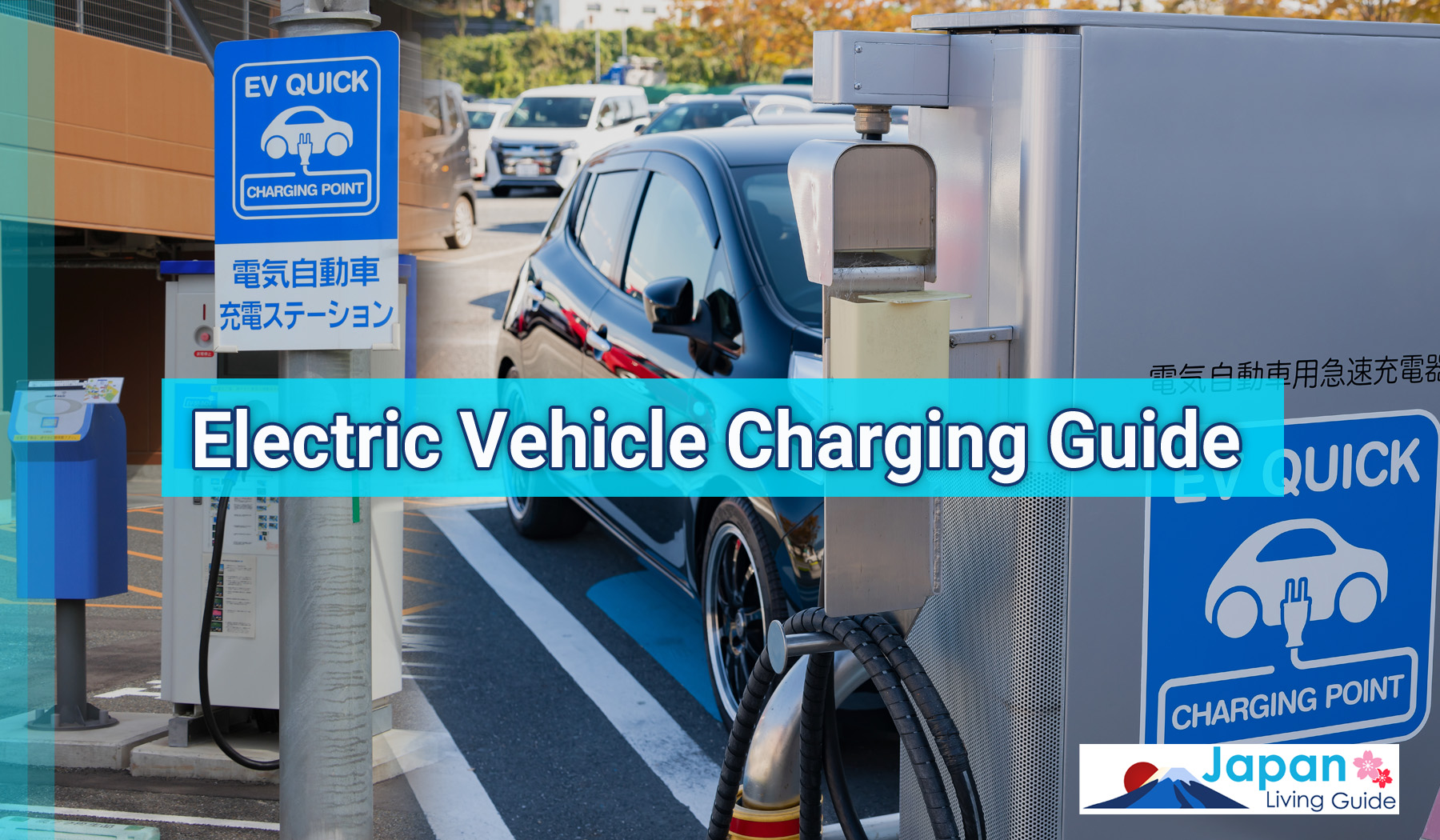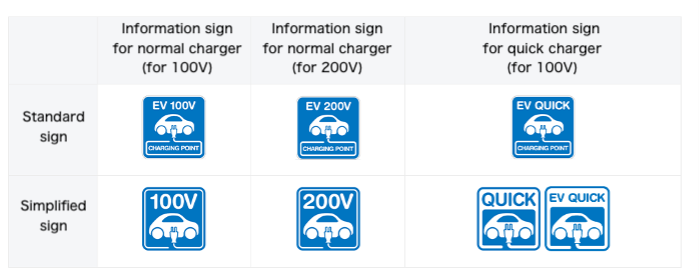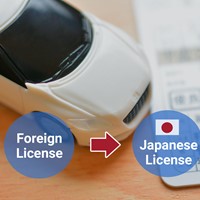Where can you charge your electric vehicle (EV)? How can you charge it at home?

Sales of electric vehicles are increasing as public awareness for environmental issues is growing. The Japanese government has also set a goal of achieving by 2035 that 100% of new vehicle sold will be electrified vehicles, and it is expected that the number of electric vehicles sold will increase further in the future. So, we will explain here where you can charge your electric car, and how you can install an EV charger at your home.
1. Where can you charge your electric vehicle (EV)?
The number of places where you can charge your EV is rapidly increasing, and there are more than 21,000 locations nationwide (as of the end of March 2022). The facilities with EV chargers include the parking lots for public facilities such as airports and city halls, large convenience stores, commercial facilities, accommodation facilities, coin-operated parking lots, roadside rest areas (Michi-no-eki), and highway rest stops (SA/PA).
Convenience stores, roadside rest areas, and highway rest stops are equipped with quick chargers that can be charged in a short time, but facilities where you park vehicles for a long time such as accommodation facilities, often have normal chargers that take about 8 -14 hours to charge. At some car dealers and commercial facilities, you can charge your EV for free. But, depending on the facility, it may be conditionally free, so we recommend that you check the conditions carefully before charging your EV.
The facilities with EV chargers are marked as below.
You can search for the facilities with EV chargers at the following website.
Fast Charge Map:https://www.chademo.com/#map
At the following websites, you can search the facilities with free EV chargers. (Japanese only)
GoGoEV:https://ev.gogo.gs/
With the latest version of Yahoo! MAP app, you can check the location of the facilities with EV chargers, charging fees, and more. (Japanese only)
2. How can you install an EV charger at your home?
Electric vehicles can be charged by plugging into an outlet the normal charging cable that is included in the vehicle, but since the installation of an outlet for charging at home is an electrical work, you need a qualification of "2nd-class Electrician" or higher. Since this installation work requires specialized skills, please be sure to ask a qualified contractor.
The cost of the installation work varies depending on whether the outlet is installed on the house wall or a charging stand (a stand type), the condition of the distribution board at your home, the distance from the distribution board to the outlet to be installed, etc., but it seems to be about 40,000 - 120,000 JPY. However, if you choose a high-performance charger such as a double-speed charger, it may cost more than 200,000 JPY.
The cost of the installation work also varies depending on the contractor, so we recommend that you ask multiple contractors to conduct a field survey and have them prepare estimate of the cost. At this time, the points to determine a good contractor are whether they give you a detailed explanation of the cost (such as the details of the work which is included in the basic fee or of the work which requires an optional fees), and whether their warranty and after-sales services are reliable.
*In the case of rental housing properties, it is necessary for you to obtain the lessor’s permission prior to the installation work. In addition, it is also necessary to discuss in advance with the lessor the percentage of the cost burden and whether restoration work is necessary.
3. Summary on how to charge an EV
Since the number of facilities where you can charge your EV has increased, it is easier for you to charge it these days than before. You can also save money by using a place where you can charge it for free.
If you install a charging facility in your home, you can charge it at your favorite time without waiting in a line, and you can save money by choosing a good value plan such as late-night discount, although you have to pay for the installation work.
It is expected that electric vehicles will continue to increase, and the number of facilities where you can charge them will increase even more. It is also expected that the number of condominiums with charging facilities in the parking lots will increase, and there is a possibility that the cost of installation at ordinary homes will decline, so electric vehicles will become more accessible for people in our society.





















